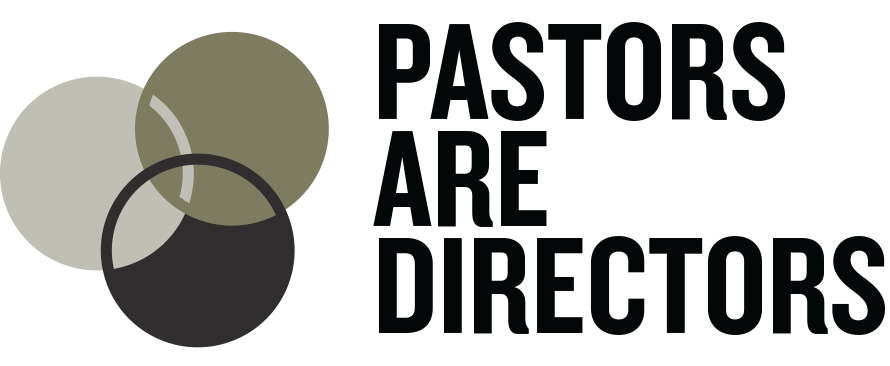MOMENTUM FLYWHEEL FREQUENTLY ASKED QUESTIONS
-
It’s a set of simple but strategic actions repeated over time to create compounding impact. Inspired by Jim Collins’ Good to Great, our flywheel helps turn casual visitors into committed disciples—one step at a time.
-
You can do whatever you’d like and we hope you contextualize this to your congregation.
However, the flywheel gains strength as each part feeds into the next. Rather than relying on sporadic events or guesswork, this system ensures consistent, compounding engagement over time.
-
Not at all. This system was built when we were still portable and struggling to break 100 people. The key is not size—it’s consistency.
-
Do “Start Here” first.
This is the most doable and the most impactful if you’re limited on time or resources.Why?
It immediately gives structure to your follow-up process with new guests.
It requires less planning than launching new groups or teams.
It builds relational equity and offers a natural moment for pastoral vision casting.
And it’s the pivot point between attending and belonging.
-
No. This isn’t about hype—it’s about hospitality. Our goal isn’t just to grow numbers but to create a clear and compelling path for people to feel welcomed, known, and invited into deeper discipleship.
MATURITY PATHWAY FREQUENTLY ASKED QUESTIONS
-
That’s okay. The pathway is built to be invitational, not overwhelming. You can start small, adapt it to your context, and grow into it over time.
-
Nope. We encourage you to localize your own set of practices based on the idols and needs of your city. Use our framework as inspiration, not a prescription.
-
We recommend a 4-week teaching series per practice, followed by an 8-week “trial run” to reinforce it through celebration, community, and real-life stories.
-
Start by modeling the practices personally and casting vision consistently. You can also use our templates and tools to build alignment one conversation at a time.
-
This isn’t just a teaching calendar—it’s a formation pathway. Every practice is intentionally tied to the next, creating a yearlong narrative that shapes your people from the inside out.


